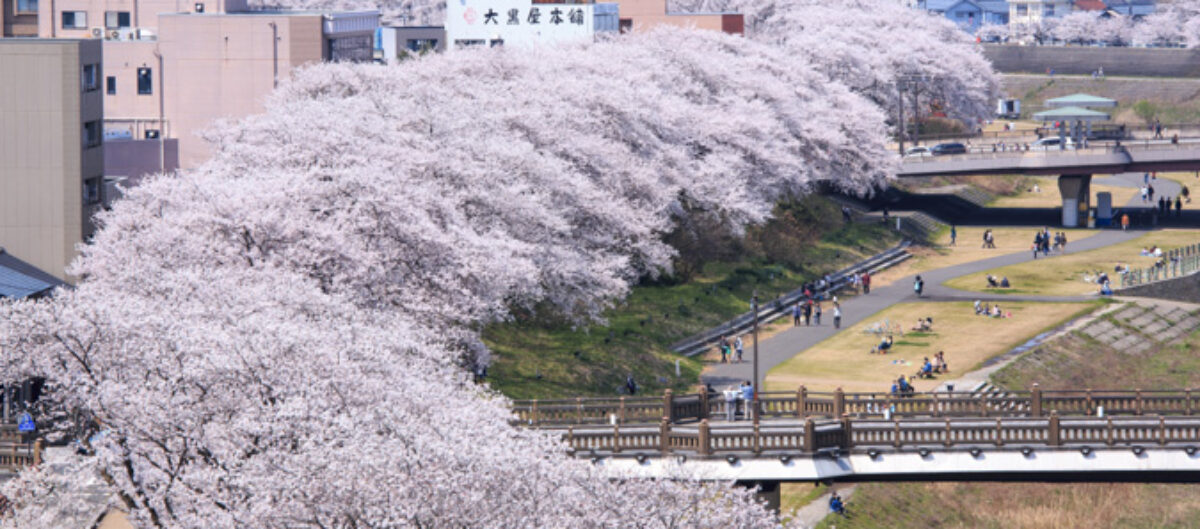
December/14/2019
Have you seen the Rosetta Stone, the Nazca Lines or the cave paintings in the Lascaux Caves?
Since ancient times the human species has been both writing and drawing or painting pictures, and it’s always had a strong desire to preserve these works.
Ancient human beings wrote, drew, and painted on a lot of things, such as stones, clay tablets, bamboo, parchment, and animal bones. Because they were able to preserve words and pictures in these ways, knowledge accumulated and civilization developed. The development of civilization accelerated when paper was developed. Paper is easy to write on and preserve, so people started using it all around the world.









